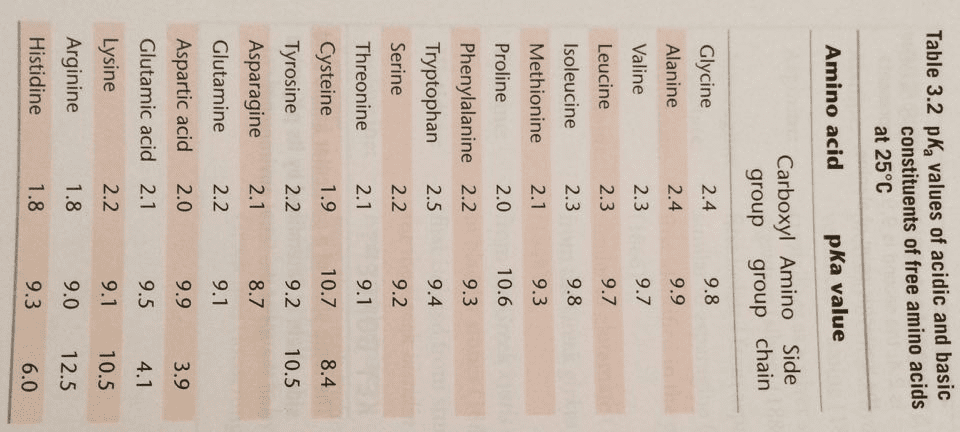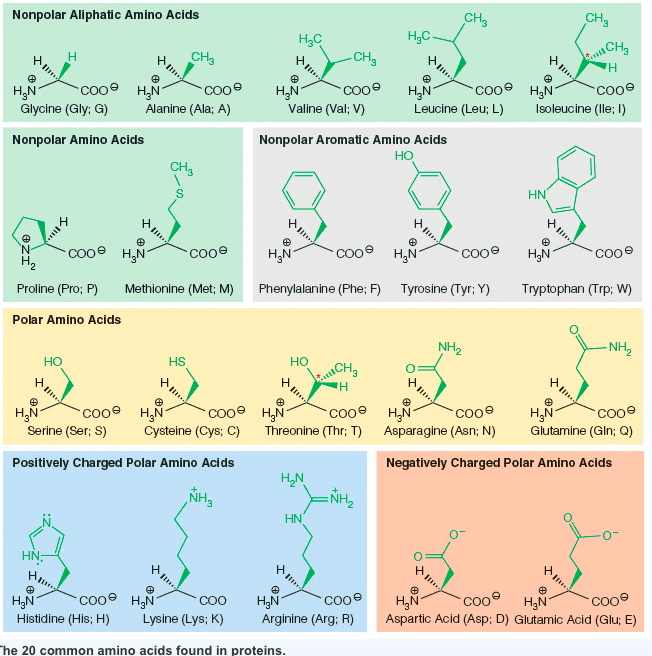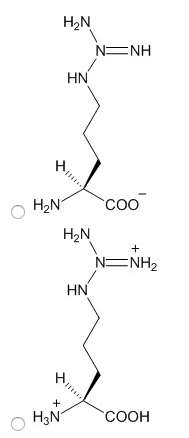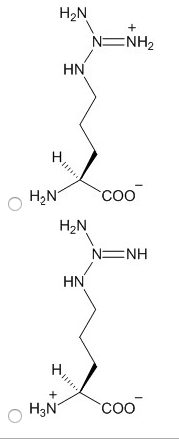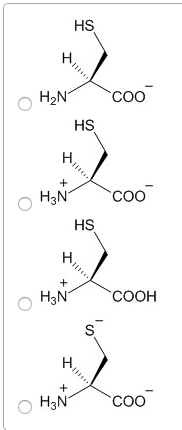CHEM10009 Study Guide - Final Guide: Disulfide, Alpha And Beta Carbon, Glutamine

Amino acids
Make up peptides and proteins
-
Amino (basic) and carboxyl (acidic) group
-
Neutral side chains
Alkyl groups
Alanine - methyl
§
Glycine is only one not chiral
§
○
Hydrophobic parts (water stays away) -> 3D shape
○
-
O and S nucleophiles
Cys, met, ser, thr, tyr
SH bond -> oxidize -> disulfide linkage
§
Cys has important roles in protein chem via disulfide bond
formation - supplements and cooking
§
○
-
EXAM: look at peptide + see if there is disulfide bond
-
Acids and amides
Aspartic acid (asp), glutamic acid (glu), Asparginge (Asn), Glutamine
(Gln)
○
-
Amines
Arginine (Arg), Histidine (his), Lysine (Lys), Tryptophan (trp)
○
-
Chirality
Glycine is achiral
○
All other AAs, alpha carbon of amino acids are centres of chirality
○
-
Proteins are derived exclusively from L-amino acids
Comparing where nitrogen is (left or right)
§
○
EXAM: peptide with L and D amino acids
○
Peptides and Proteins
Amide bonds between -NH2 and -CO2H
-
N-terminus on left
-
C-terminus on right
-
EXAM: N-terminus isn't always a free amine! Modified N-terminus (can be
amide if acetic acid came along)
Carboxylic acid -> ester = modified C-terminus
○
-
Determining sequence of peptides and proteins
Break amide bonds
○
Chemically or using enzymes
○
-
Reactions that break peptide bond
Can be non-selectively or selectively
○
Acid hydrolysis involves nucleophilic substitution via
addition/elimination
○
-
Amide bond -> acid catalyzed hydrolysis
-
Add acid 1)
Water as nucleophile -> intermediate 2)
Double bonds formed + NH2R leaves 3)
Carboxylic acid formed and amine left over 4)
Sequence a peptide - N-terminus and partial acid hydrolysis
Identify N-terminus1)
Partial acid hydrolysis2)
Identify and align peptides 3)
Making the peptide bond
Need only one nucleophile + carboxylic acid
-
Requires PROTECTING the CARBOXYLIC ACID of one amino acid + AMINE of
the other
-
Protecting H2N1)
Protecting CO2H2)
Coupling (using DCC)3)
+5) deprotection 4)
All involve nucleophilic substitution - either of 2 mechanisms
Summary:
Alpha-amino acids contain basic amino group + acidic carboxyl group
-
20 naturally occuring alpha amino acids
All are chiral except glycine
○
-
Proteins derive ONLY from L-amino acids
-
Proteins
Tuesday, 29 May 2018
4:06 pm

Amino acids
Make up peptides and proteins
-
Amino (basic) and carboxyl (acidic) group
-
Neutral side chains
Alkyl groups
Alanine - methyl
§
Glycine is only one not chiral
§
○
Hydrophobic parts (water stays away) -> 3D shape
○
-
O and S nucleophiles
Cys, met, ser, thr, tyr
SH bond -> oxidize -> disulfide linkage
§
Cys has important roles in protein chem via disulfide bond
formation - supplements and cooking
§
○
-
EXAM: look at peptide + see if there is disulfide bond
-
Acids and amides
Aspartic acid (asp), glutamic acid (glu), Asparginge (Asn), Glutamine
(Gln)
○
-
Amines
Arginine (Arg), Histidine (his), Lysine (Lys), Tryptophan (trp)
○
-
Chirality
Glycine is achiral
○
All other AAs, alpha carbon of amino acids are centres of chirality
○
-
Proteins are derived exclusively from L-amino acids
Comparing where nitrogen is (left or right)
§
○
EXAM: peptide with L and D amino acids
○
Peptides and Proteins
Amide bonds between -NH2 and -CO2H
-
N-terminus on left
-
C-terminus on right
-
EXAM: N-terminus isn't always a free amine! Modified N-terminus (can be
amide if acetic acid came along)
Carboxylic acid -> ester = modified C-terminus
○
-
Determining sequence of peptides and proteins
Break amide bonds
○
Chemically or using enzymes
○
-
Reactions that break peptide bond
Can be non-selectively or selectively
○
Acid hydrolysis involves nucleophilic substitution via
addition/elimination
○
-
Amide bond -> acid catalyzed hydrolysis
-
Add acid 1)
Water as nucleophile -> intermediate 2)
Double bonds formed + NH2R leaves 3)
Carboxylic acid formed and amine left over 4)
Sequence a peptide - N-terminus and partial acid hydrolysis
Identify N-terminus1)
Partial acid hydrolysis2)
Identify and align peptides 3)
Making the peptide bond
Need only one nucleophile + carboxylic acid
-
Requires PROTECTING the CARBOXYLIC ACID of one amino acid + AMINE of
the other
-
Protecting H2N1)
Protecting CO2H2)
Coupling (using DCC)3)
+5) deprotection 4)
All involve nucleophilic substitution - either of 2 mechanisms
Summary:
Alpha-amino acids contain basic amino group + acidic carboxyl group
-
20 naturally occuring alpha amino acids
All are chiral except glycine
○
-
Proteins derive ONLY from L-amino acids
-
Proteins
Tuesday, 29 May 2018 4:06 pm


